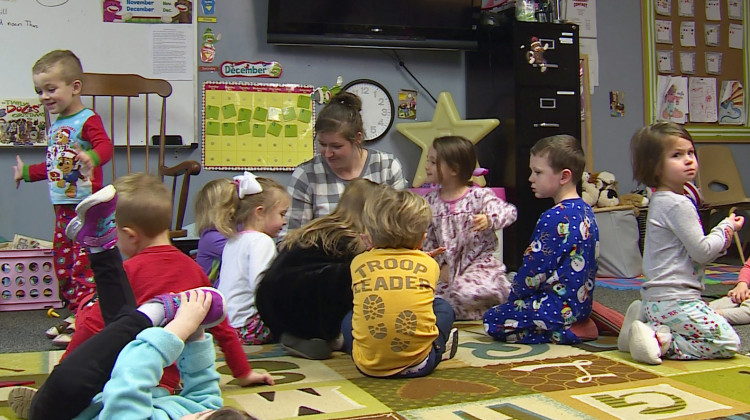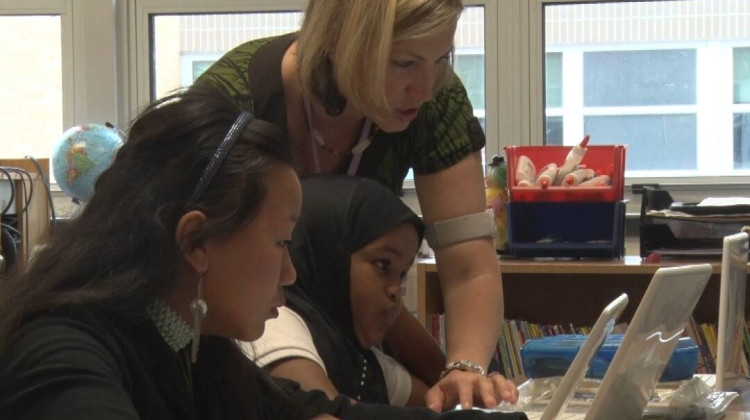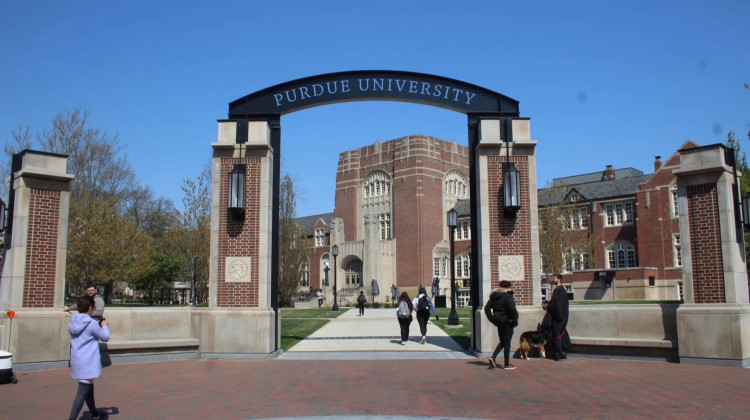
The U.S. Census Bureau acknowledges the undercount of young children has been an ongoing issue, and investigated the problem after 2010.
Jeanie Lindsay/IPB NewsThe U.S. census determines billions of dollars in federal funding for Indiana – including for schools – and education leaders across the state are on a mission to make sure every Hoosier child gets counted in 2020.
Executive director of the Indiana School Boards Association Terry Spradlin says each child in Indiana can mean thousands of dollars in local school funding over the years. Data from the Indiana Department of Education says the feds have sent Indiana more than $1 billion for education every year since the last census in 2010.
But Spradlin says experts estimate the count for young kids fell short.
“Children birth to age 4 was the number one undercounted group of any age group in the nation,” Spradlin says.
Spradlin says the second most undercounted group is children from ages 5 to 9.
The undercount of children is a key reason why Spradlin, as well as representatives from the Indiana State Teachers Association, Small and Rural Schools Association, Association of School Business Officials, in addition to representatives from the State Department of Education and Family And Social Services Administration are among the members of a recently formed Complete Count Committee.
Spradlin says the group is already going through training and processes to strategically plan for the census in April. He says the goal is to leverage the relationship-building and information-sharing power of schools to focus specifically on ensuring a full count of Hoosier children, especially in communities of color.
Spradlin says the schools have an important role in counting the kids they serve, especially so they can receive federal dollars to help support and improve programs.
“Those age groups are certainly children that we either directly serve in K-12 education, or we serve and educate the siblings of younger children and their families are tied to our educational systems.”
The Census Bureau acknowledged in a 2017 report the ongoing undercount of young children, and said children who live with a non-parent guardian are more likely to be undercounted. The report showed white children were more likely to be counted than black and Native American children of the same age.
But improving that reporting – specifically in communities of color – could prove to be a challenge. A recent analysis from the Urban Institute looking at changes and factors related to the 2020 census says it could result in worse count results of black and Latinx people.
 DONATE
DONATE







 Support WFYI. We can't do it without you.
Support WFYI. We can't do it without you.